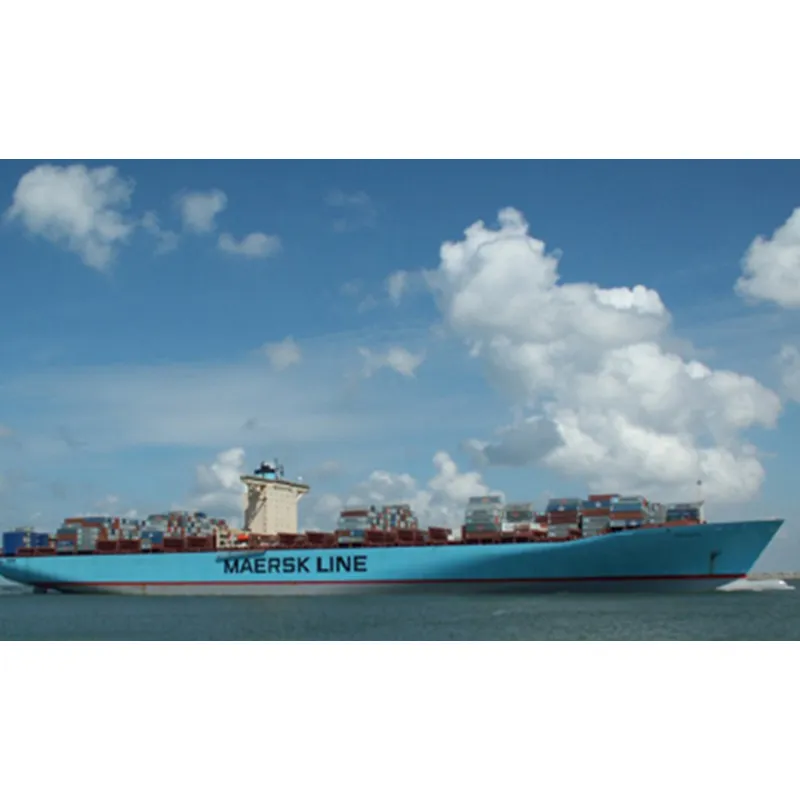During the sea transportation process, if the goods are damaged, the consignee should promptly inspect the goods, assess the loss and prepare claim materials; at the same time, keep in touch with the logistics company or shipping company and the insurance company, and handle the claim in accordance with the prescribed process and procedures. The specific steps can be followed:

Timely inspection: After the goods arrive at the destination, the consignee should first check whether the appearance and packaging of the goods are intact. If the packaging is found to be damaged, deformed or damp, the logistics company or shipping company should be notified immediately and asked to conduct an unpacking inspection.
Detailed records: Record the loss of the goods in detail, including the degree of damage, damaged parts, quantity reduction, etc., and take photos or videos as evidence.
Loss assessment: Assess the loss as soon as possible, including the degree of damage to the goods, the cost of repair, and whether it affects the use. The assessment results will serve as an important basis for subsequent claims.
Prepare claim materials: According to the requirements of the logistics company or shipping company, prepare necessary claim materials, such as claim application, cargo list, transportation contract, insurance policy (if insurance has been purchased), loss assessment report and related evidence (photos, videos, etc.). Submit a claim application: Submit the claim materials to the logistics company or shipping company, and explain in detail the damage to the goods and the claim requirements.
Claim review and processing: The logistics company or shipping company will review the claim application, including verifying the loss of the goods, assessing the amount of loss and the attribution of responsibility. After the review is passed, compensation will be made according to the actual situation. The compensation method may include cash compensation, repair or replacement of goods, etc.
Timely communication: After discovering that the goods are damaged, you should contact the logistics company or shipping company as soon as possible and describe the problem in detail. Timely communication helps both parties to solve the problem together and reduce losses.
Keep evidence: During the entire claim process, be sure to keep all relevant evidence, such as photos, videos, claim applications, transportation contracts, etc. These evidences will serve as an important basis for claims.
Comply with regulations: During the claim process, you should comply with relevant regulations and procedures, and provide cargo information and loss information truthfully. At the same time, you should also respect the handling opinions and decisions of the logistics company or shipping company.
Reporting: If you have purchased marine insurance, you should report the case to the insurance company immediately after the goods are damaged, and provide the necessary documents and evidence.
Claims process: The insurance company will conduct inspections, investigations, verifications, claims analysis and compensation payment in accordance with the claims process agreed in the contract. The consignee should actively cooperate with the insurance company's claims work and provide necessary assistance and support.